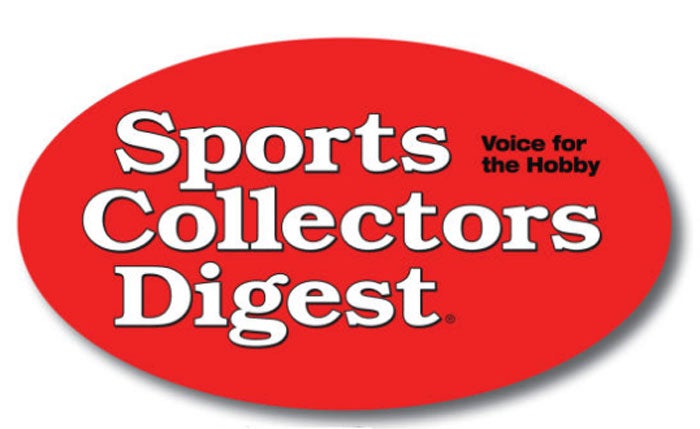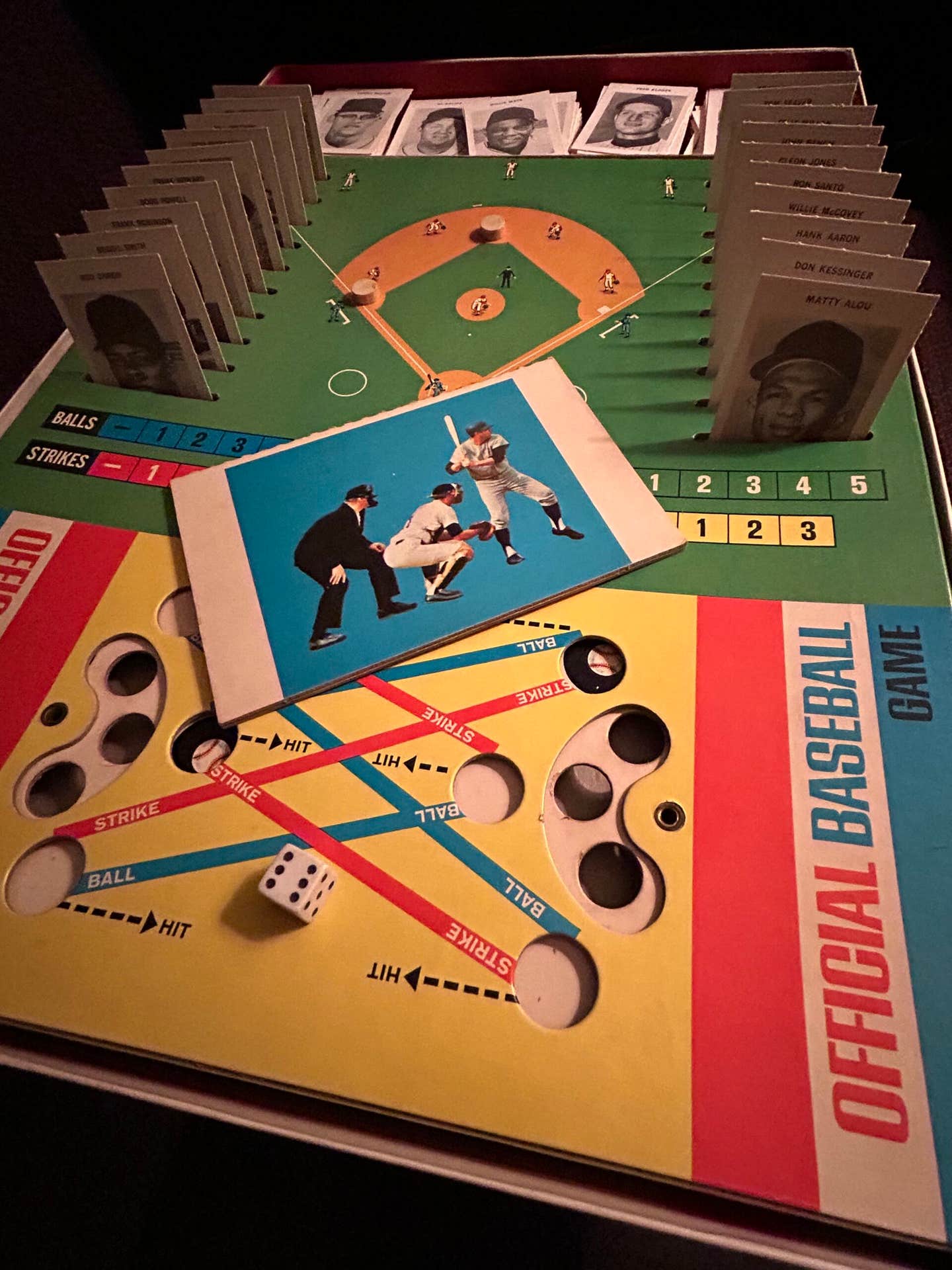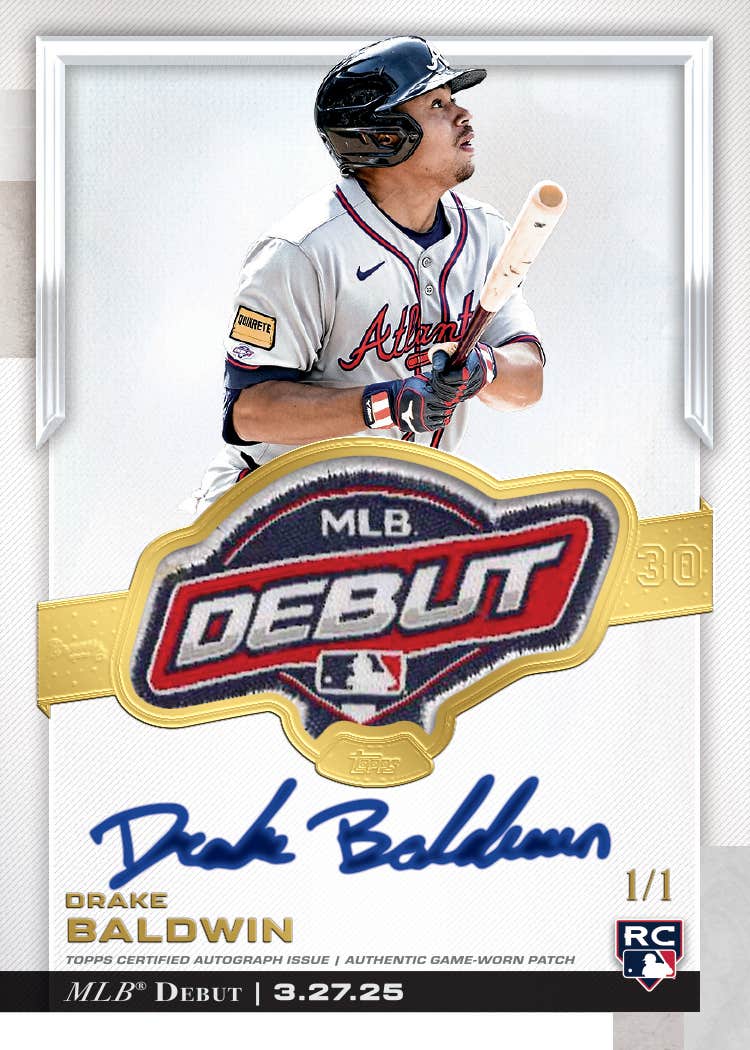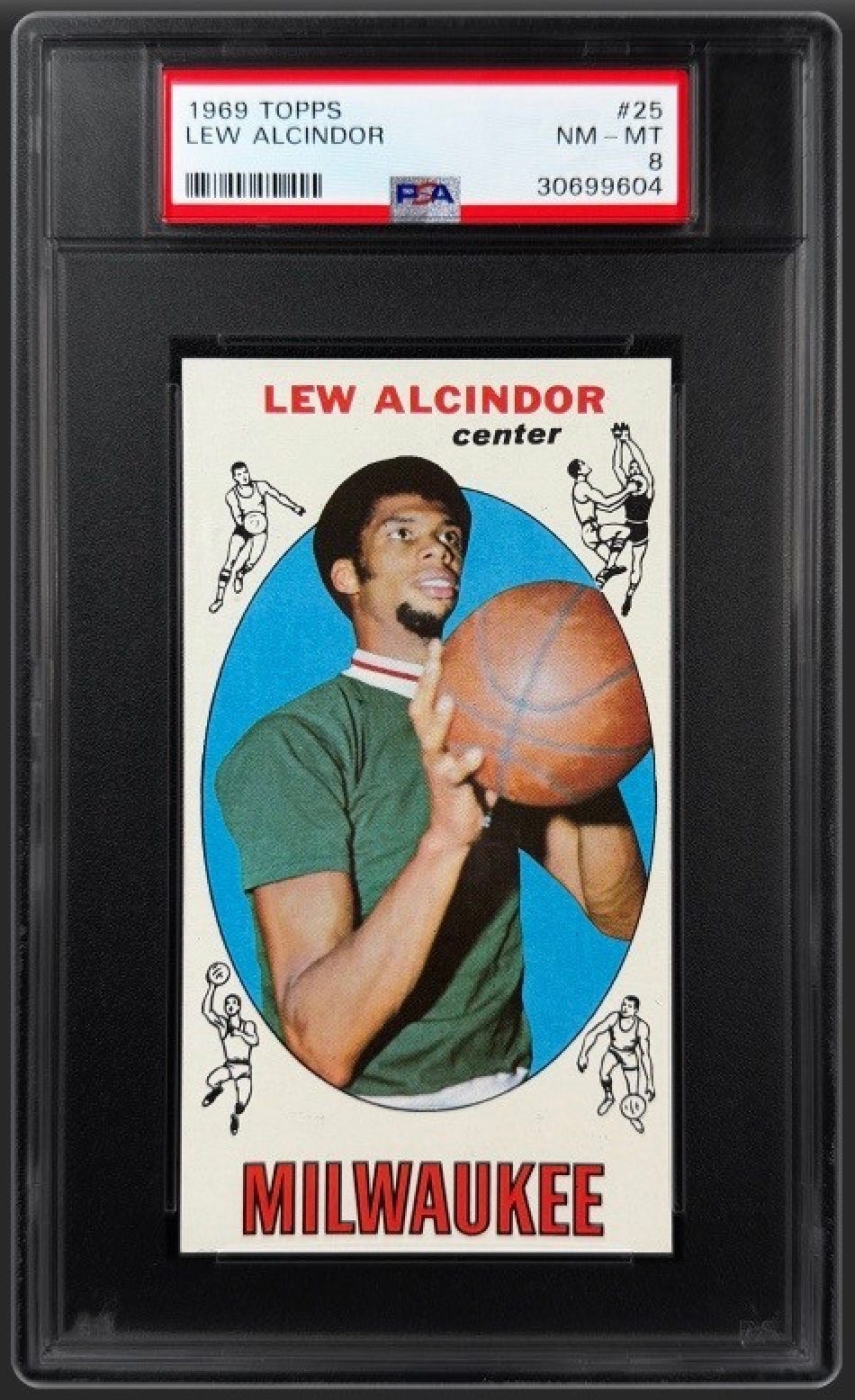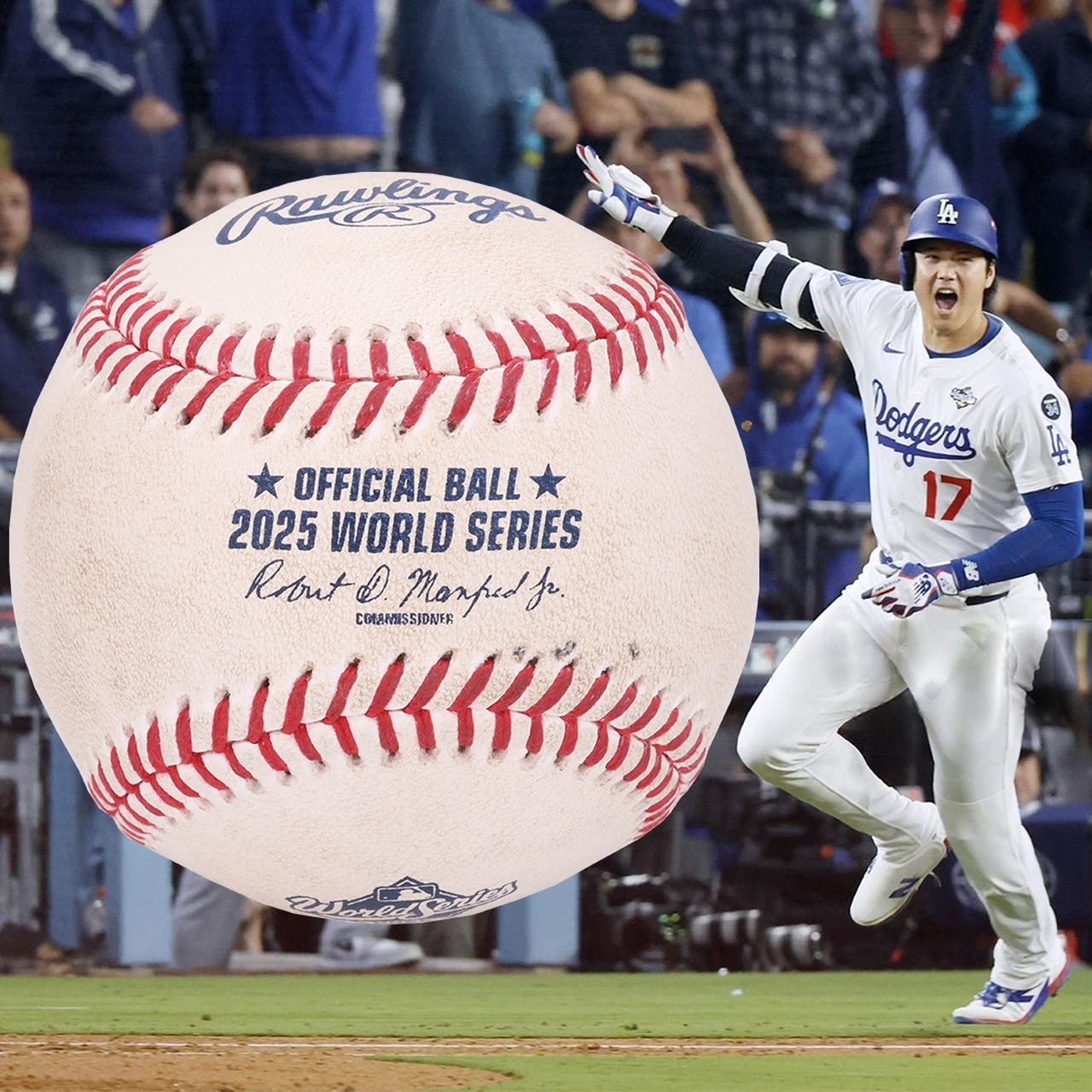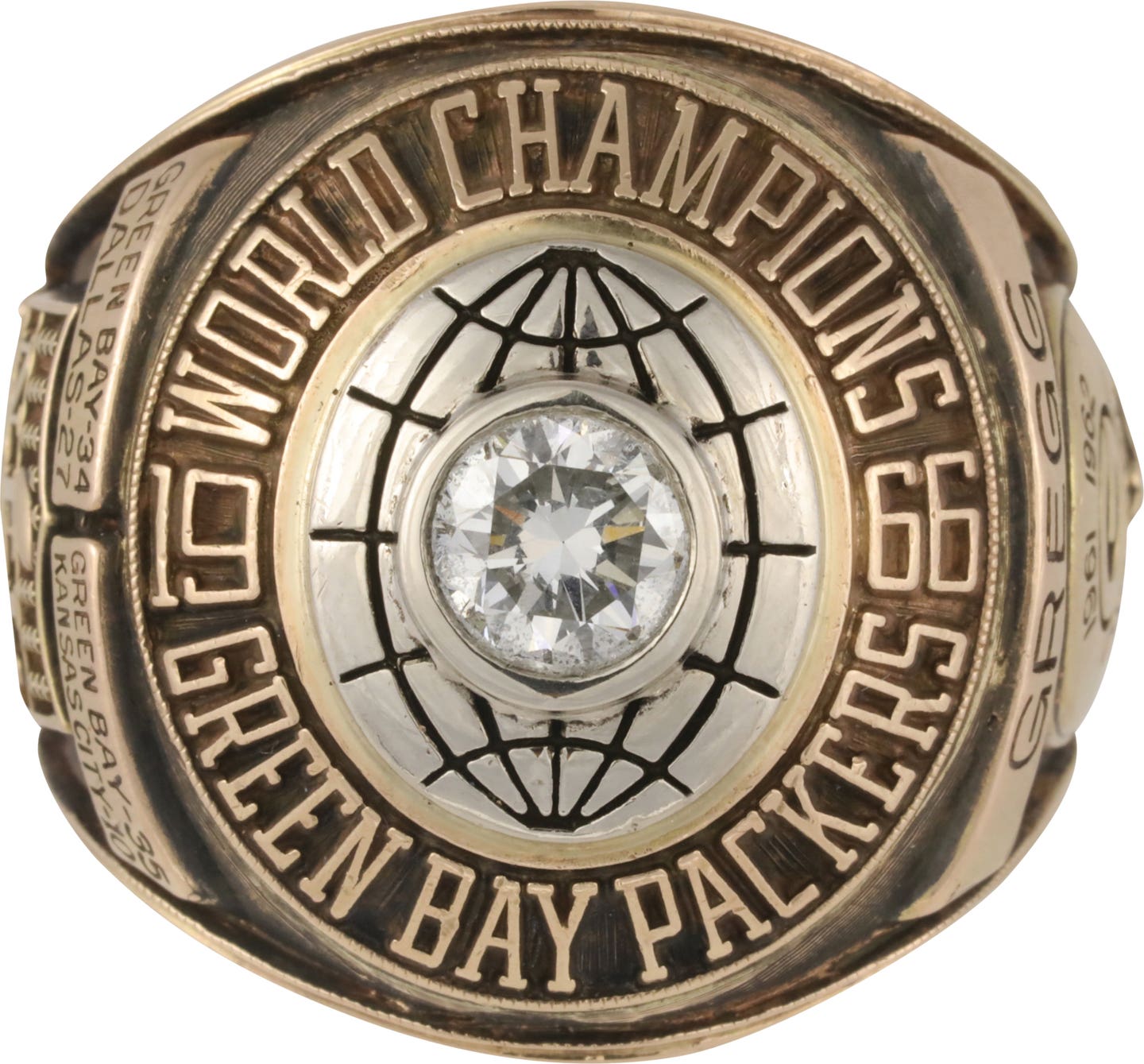News
Topps paper proofs a true rarity
After having been involved in cataloging baseball cards for nearly 30 years, I’m surprised that this got by me. Recently on the postwar section of the Net54 forums, Connecticut collector Mark Rios posted a picture of a 1957 Topps paper proof card. While blank-back paper proofs are not unheard of from the 1960s and 1970s, I’d never before seen a fully printed (front and back) paper proof for any Topps issue, much less one of my favorite sets of all time, the 1957.
Mark not only posted the front and back pictures, but also a copy of an ad from one-time Topps art director Woody Gelman’s son Richard that had appeared in the September, 1979, issue of The Trader Speaks, offering 32 of the paper proofs for $6 each.
According to the ad, all of the proofs, which were described as VG condition, were from the high-number series of 1957 Topps, Nos. 353-407. The Gelman ad didn’t offer the real prizes among the 1957 Topps high-numbers – No. 400 Dodgers’ Sluggers and No. 407 Yankees’ Power Hitters – so it is unclear whether those were actually produced in the paper proof version.
As far as I know, no uncut sheet of 1957 Topps high numbers exists to confirm which 132 cards appeared in what combination of single and double prints or even multiple prints. There are 55 different cards in the high-numbers checklist.
We likewise do not know which cards from that series survived in the paper proof version. It was almost certainly some multiple of the 11-card rows in which Topps cards were formatted on sheets at that time. It may have been 33 cards, or 55 cards, or 66 (1/2 of a sheet) or even 132 cards.
What seems likely, considering I have never seen a single 1957 paper proof offered at any show, in any ad or auction, or on the Internet, is that each of proofs Gelman advertised, and any others that may have existed, are unique. It’s interesting to note that the same $6 Gelman was asking for the paper proof 1957s was the same price at which he was offering nearly two dozen 1970 Topps Cloth Sticker singles. Today, a common from that test issue is cataloged at $1,750, so that should provide a good gauge for the value of the 1957 paper proofs.
Given the unique nature of the 1957 high-number paper proofs, I’m not sure whether or not they will be cataloged in the Standard Catalog of Baseball Cards, but I was sure they were worth mentioning in this space.
* * * * *
An interesting advertising adjunct to the 1949-1950 Num Num Cleveland Indians premiums has been brought to our attention by Cleveland-area collector Bob Seedhousde.
About 17-by-11 inches, with a vertical fold at center, this glossy poster (shown above) appears to be a point-of-purchase promotion for the Indians pictures that were packed in boxes of Num Num Potato Chips.
In 30 years of cataloging, I can’t recall ever seeing or hearing about such an ad piece, so it is definitely rare, even though it might not be of exorbitant value due to the relative lack of interest in the first Num Num premiums.
We date the premiums as 1949-50 in the Standard Catalog of Baseball Cards, but I wonder if that’s strictly accurate. The checklist for the Num Num set has been around forever, and seems to indicate a multi-year run for the pictures.
For those unfamiliar with the issue, the early Num Num premiums are nothing more than examples of the 61/2-by-9-inch black-and-white, team-issued picture pack photos that have been rubber-stamped on back with an advertising message from the chip company and an offer for mail order pictures.
Since the Indians picture pack photos for both 1950 and 1951 were re-issues of the 1949 “action” pictures, or new player pictures in the same posed-action format, it is possible these overprinted pictures were issued 1949-51. In 1952, Num Num created a smaller-card format for its premiums, though the photos continued to be a version of those issued in the team photo pack.
CORRECTION: In the April 23 column, we mentioned the newly reported Duren Salada coin as a variation of a variation. The coin was first issued, as were several other Saladas, with red buttons on the jersey. This was later corrected to show white buttons.
The Red-Button Duren, however, is found with two distinct placements of the player name and position to the right of the portrait. On the rarer version, the name and “P” are placed at a distance from Duren’s left ear, very near the blue plastic rim. The common coin shows those elements much closer to the portrait, with the “D” of Duren almost touching the ear.
We had inverted the two designations in the April 23 article and apologize for any confusion that resulted. u
Bob Lemke is the editor of The Standard Catalog of Baseball Cards. Reach him by e-mail at: scbcguy@yahoo.com;
regular mail at: P.O. Box 8, Iola, WI 54945.

